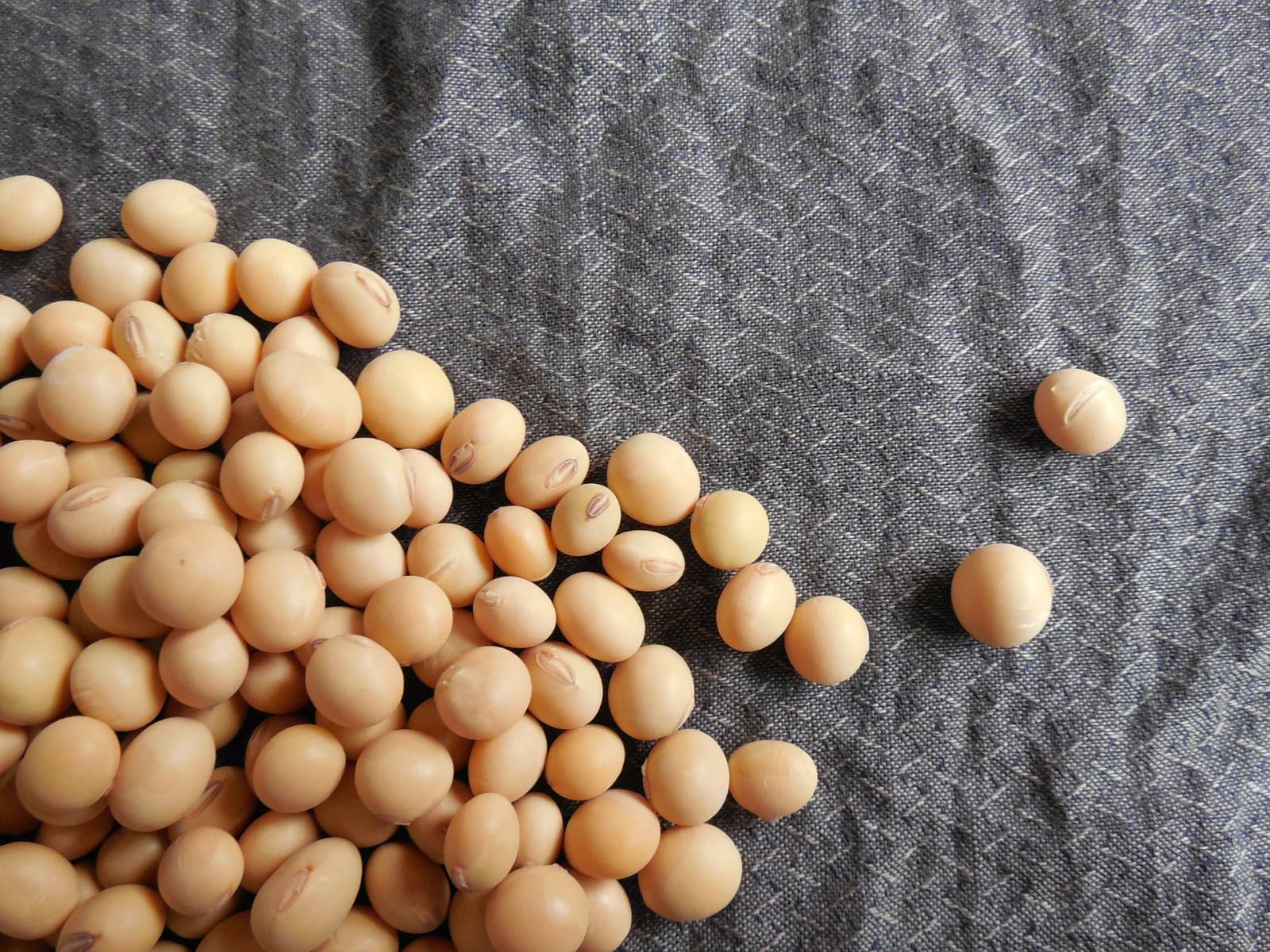USDA’s Post in Tokyo published its Oilseeds and Products Annual report, which provided insights for the upcoming 2019/20 marketing year. In the report, the Post identified some key considerations when looking at the country’s oilseed and vegetable oil demand in the upcoming marketing year.
It was noted that cold, rainy weather in Japan’s top soybean-producing region, the northernmost and second largest island in the archipelago, Hokkaido, lowered 2018 domestic soybean output by 15.8 percent from 253,000 tonnes collected in 2017. The Post expects soybean output to rebound in 2019 to equal the 2017 crop.
In the domestic consumption market, the Post expects to see a modest uptick in crush demand in 2019/20, as slightly larger supplies help to offset rising labor and transportation costs faced by the nation’s trio of large crushers. Despite the potential for slowing consumption given signs that Japan’s economy is slowing, demand for vegetable oil is expected to get a boost in the coming marketing year from the upcoming 2020 summer Olympic Games. The Government of Japan (GOJ) anticipates that the upcoming games will bring a record 40 million visitors to the country to help bolster demand for vegetable oil.
Japanese vegetable oil consumption is reported to be driven primarily by comparing crush margins of soybeans versus those of canola/rapeseed when converted to Japanese yen. Since mid-2017, the ratio has reportedly favored soybean processing relative to canola. The following chart compiled by the Post using data from the Chicago Board of Trade, Bloomberg, and Nikkei shows that the advantage held by soybeans has narrowed in recent months after widening in mid-2018. Lower U.S. soybean prices would likely help to maintain this shift towards Japanese demand for soybeans, especially if Canadian farmers follow through with indications of cutting 2019 canola seedings this summer by 6.6 percent.

